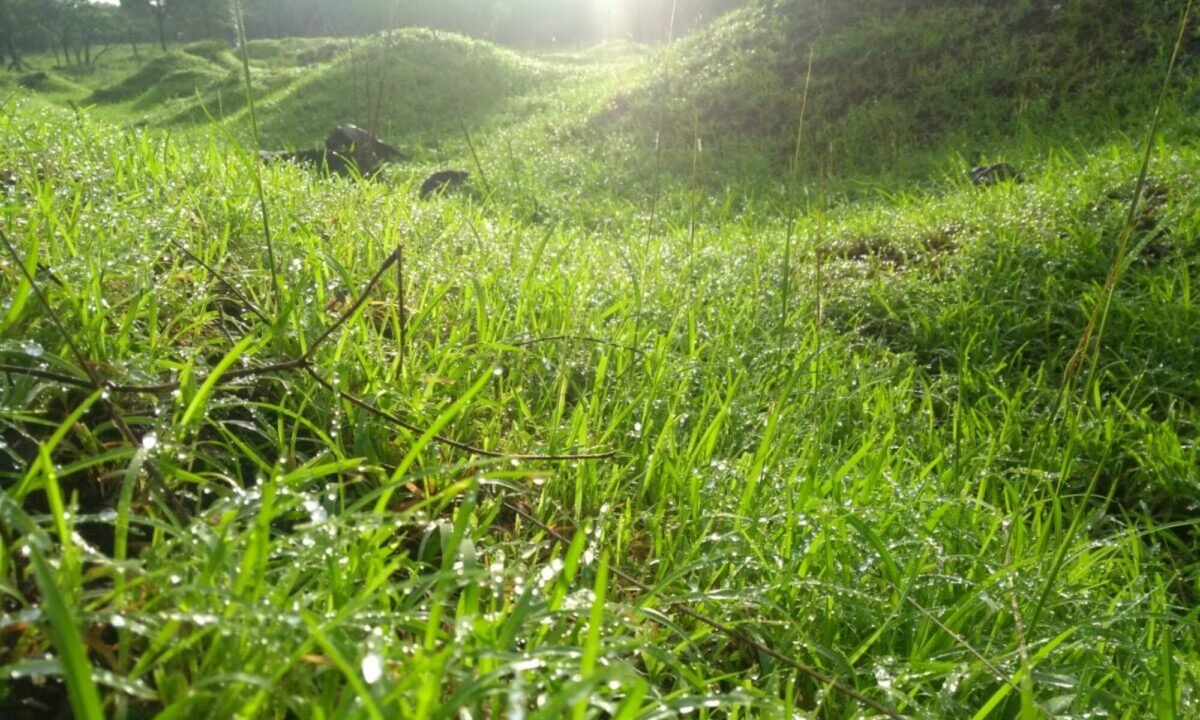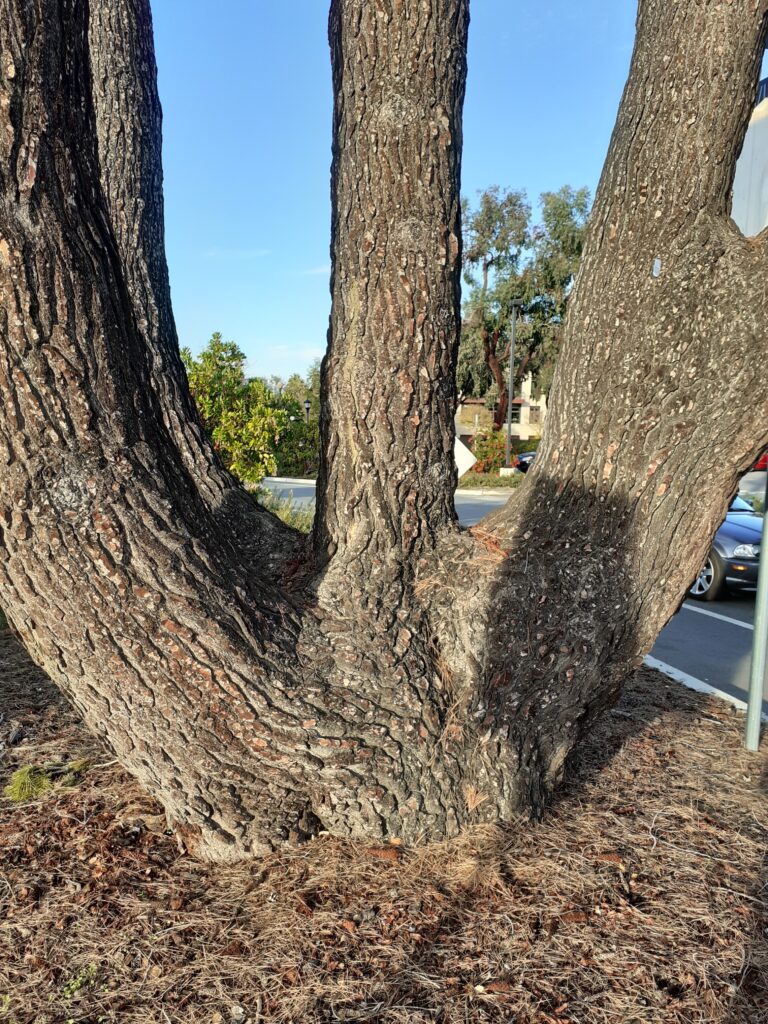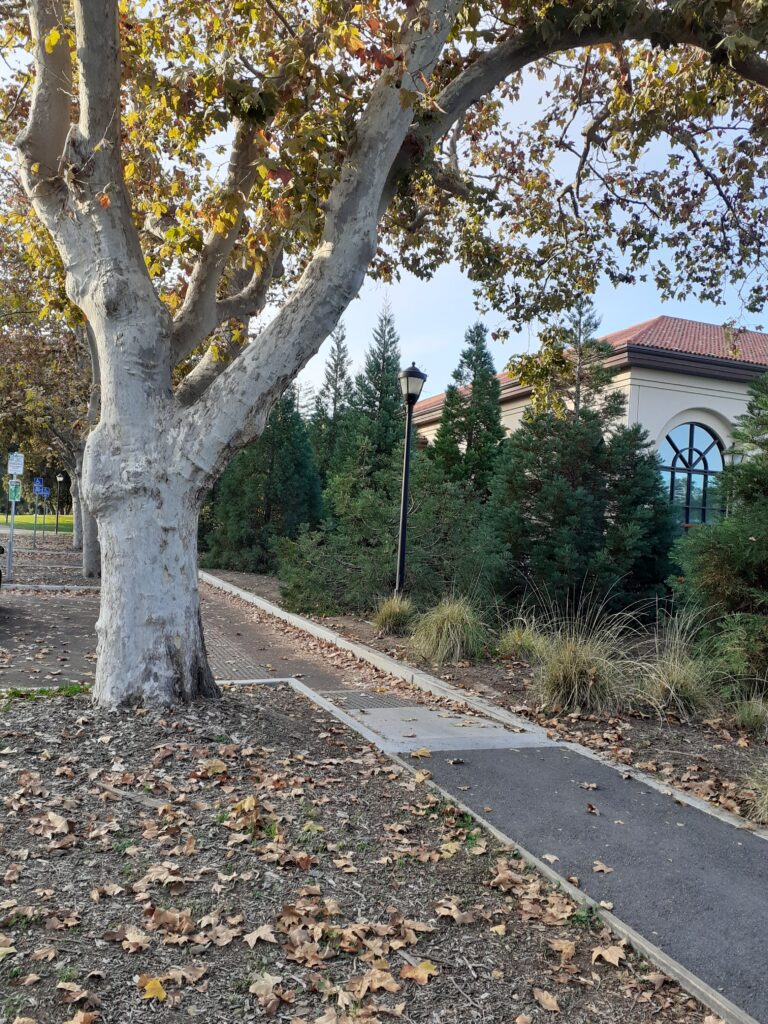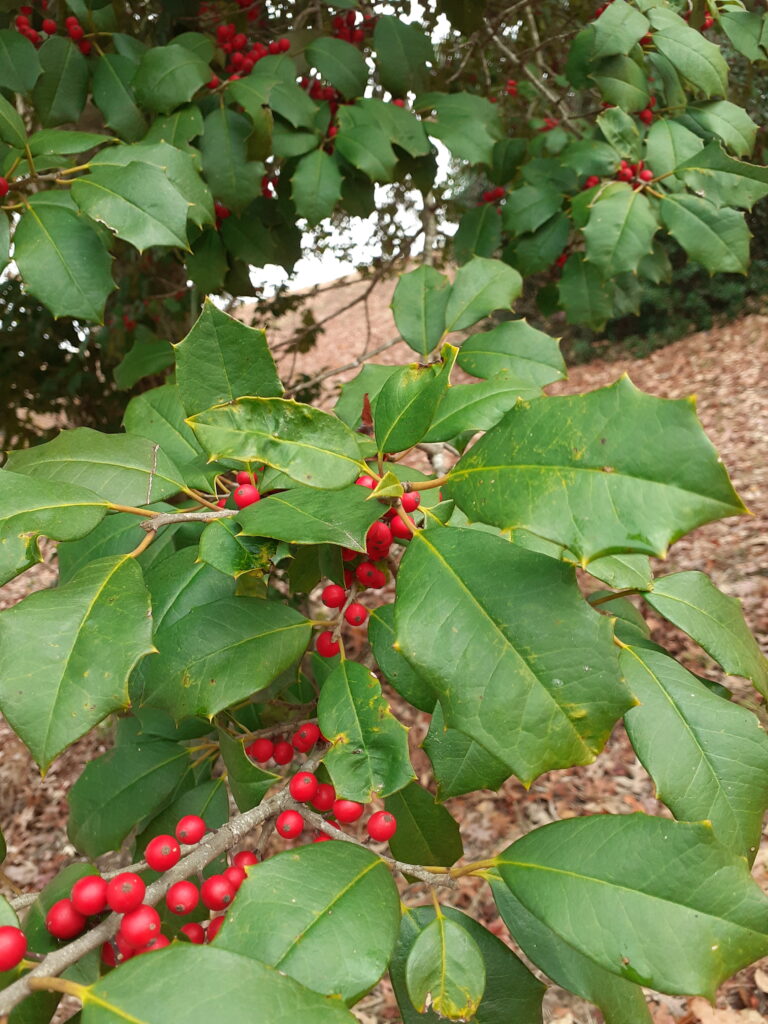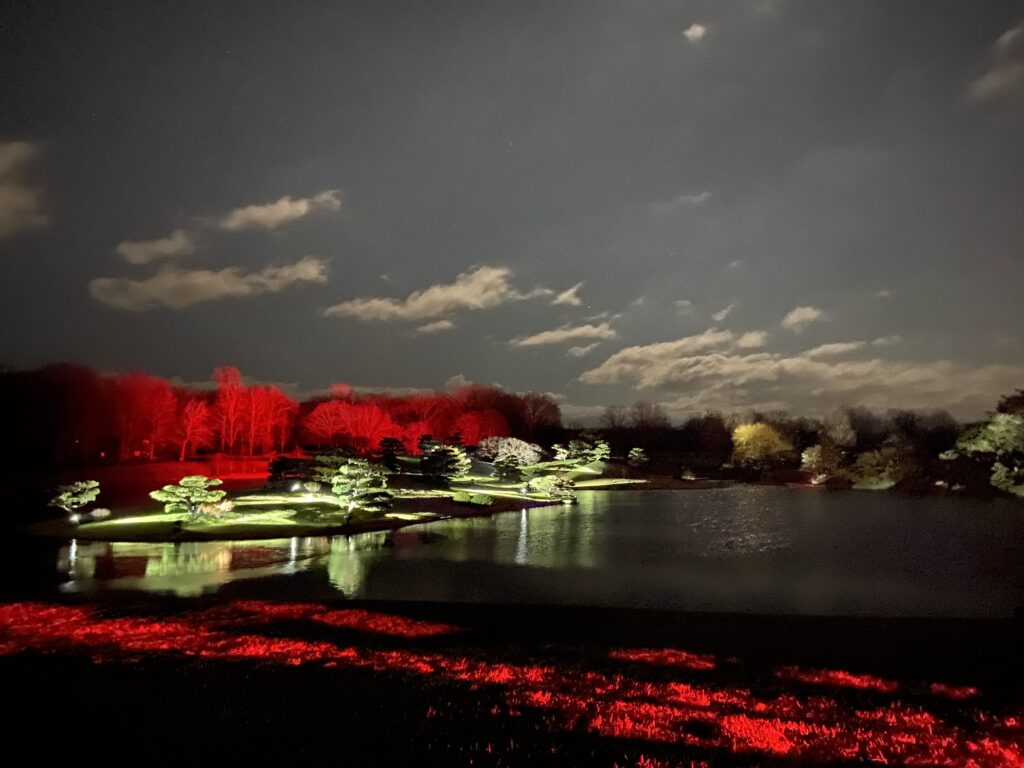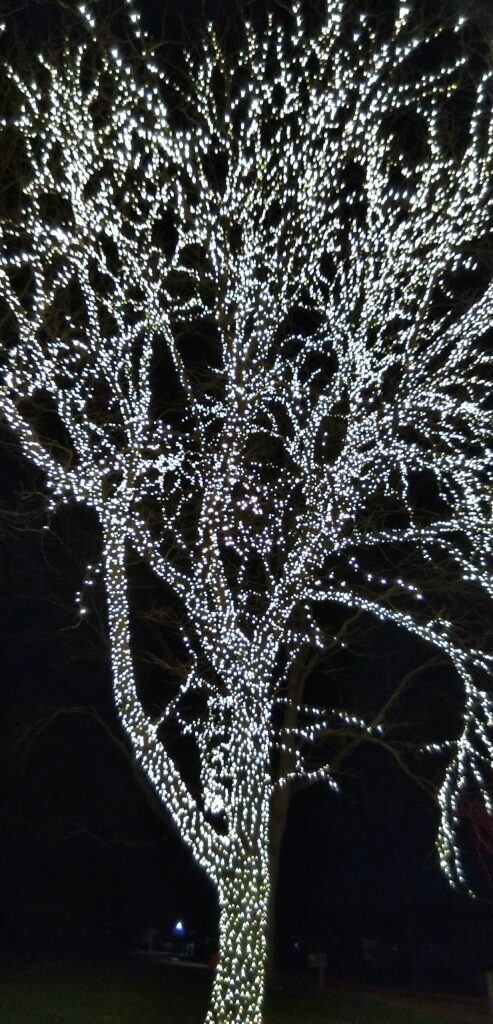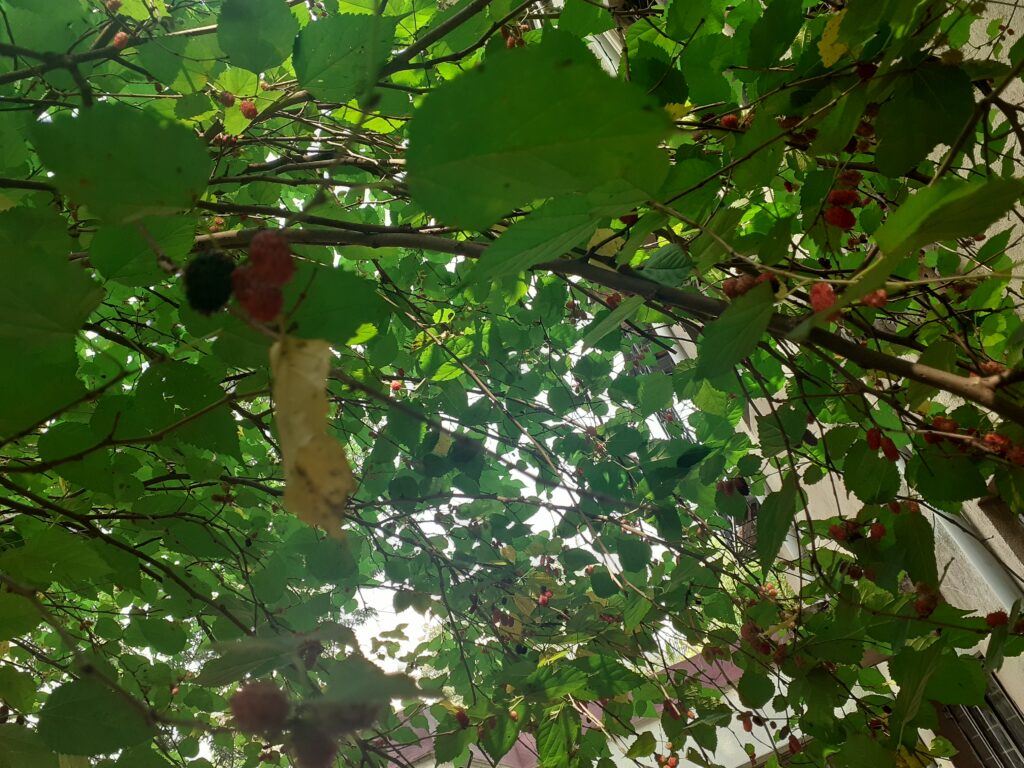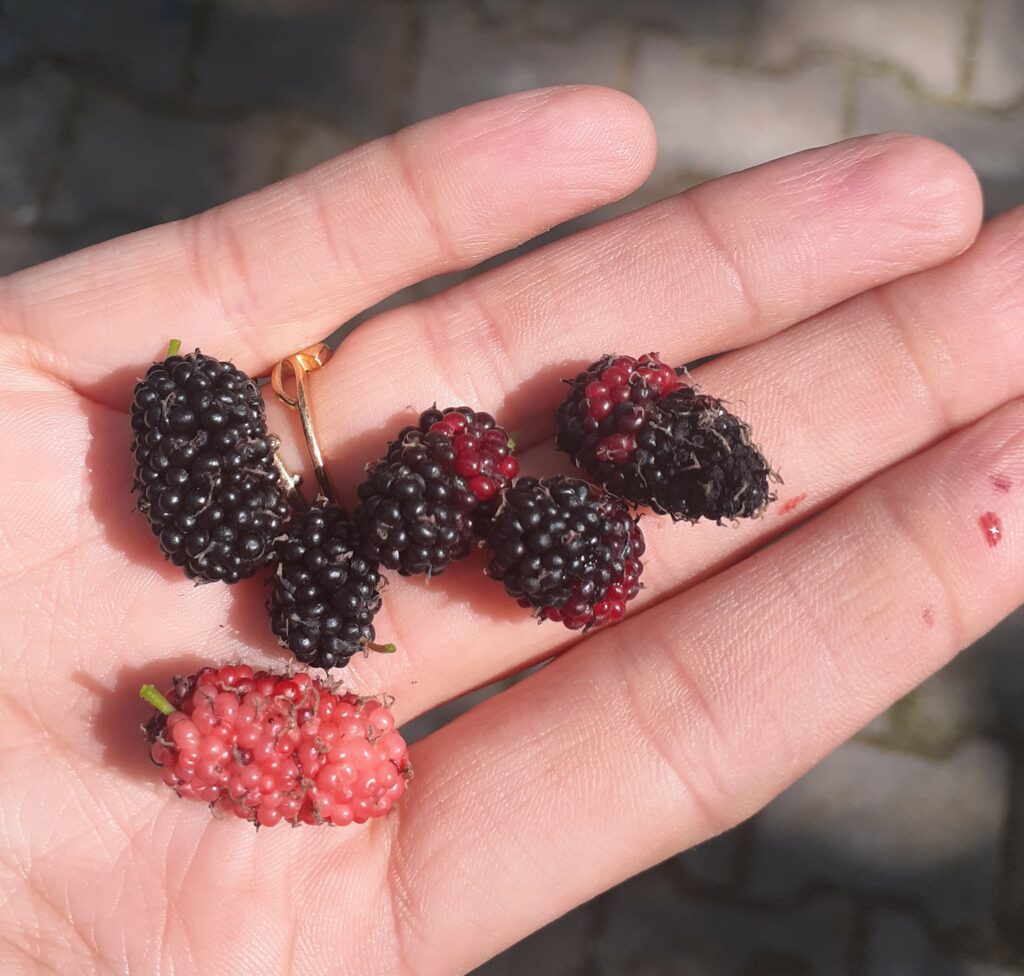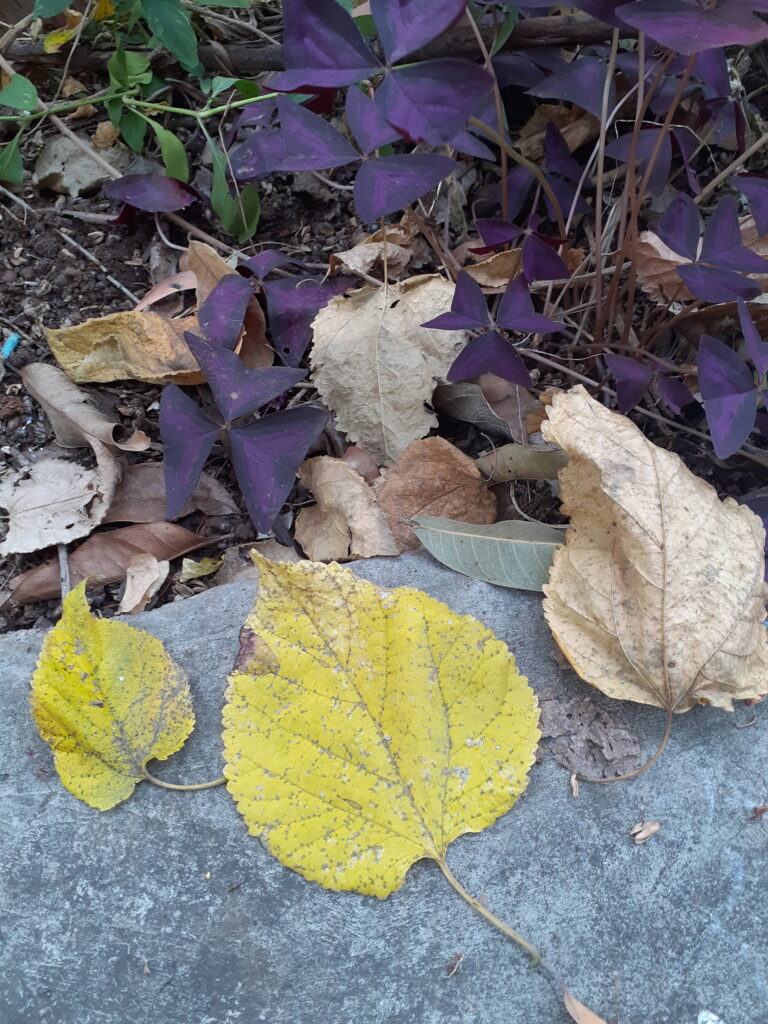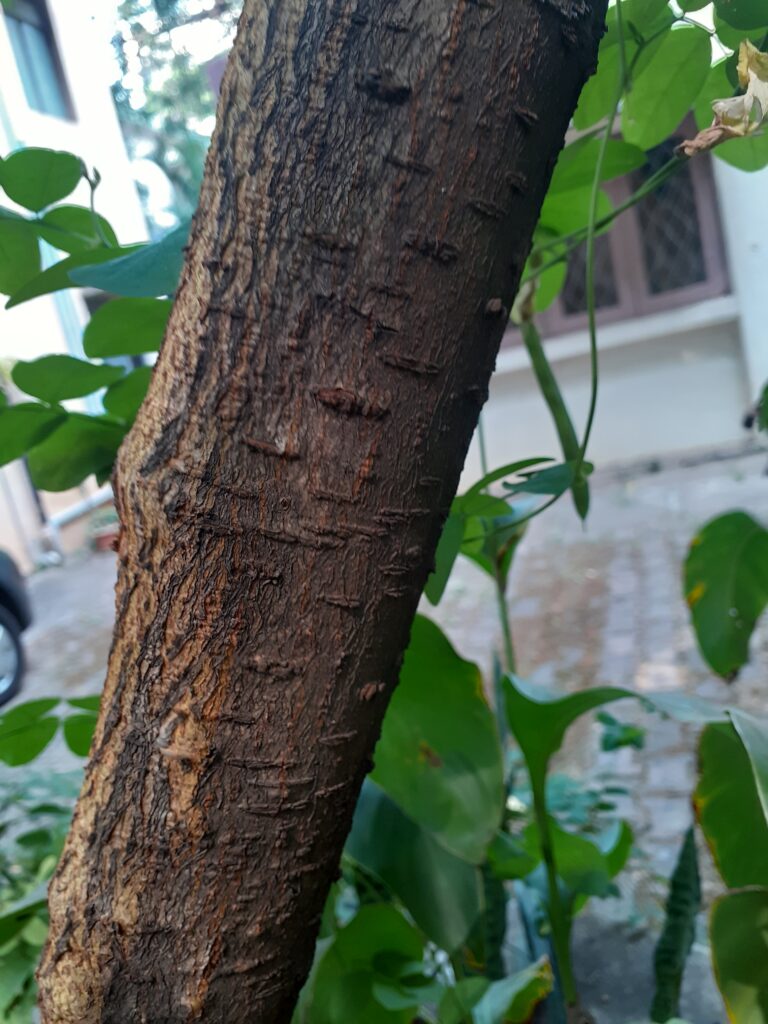I am participating in the April AtoZ Blogging challenge and my theme is Plants featured on Indian Stamps. This is my eight attempt at the AtoZ.
My theme is inspired by an online talk by Daniel L Nikrent of Cornell University, USA held by Maharashtra Vriksha Samvardhini about Parasitic Flowering Plants featured on Stamps.
I am not a stamp collector nor a fan of stamps. Hence almost all my posts are purely based on research on the internet. I have tried to cross check the info before posting here. Please do share correct info and links to the same in case of discrepancy.
India Post has a very strong network reaching deep deep into the interiors of the country and I depended on it for news from home when we were posted in far away places. In this age of smartphones, Internet, how many of us really write letters – snail mail as they are now called?
Despite this , I find that new stamps are being issued and we have stamps on diverse topics including Armed Forces, Films, Personalities, Wildlife, Handlooms, Handicrafts and so on.. It is amazing!
D has a unique flower namely Dillenia indica of the Dilleniaceae family. It is a native tree and the large downward facing fragrant flowers are quite uniquely shaped. Its leaves are very beautiful being dark green, with a serrate margin and deeply impressed veins. While earlier, it is was not very common in Pune, now I see is very often in gardens and even roadsides.
Here is an image of its leaf and flower from my collection.
.jpg)
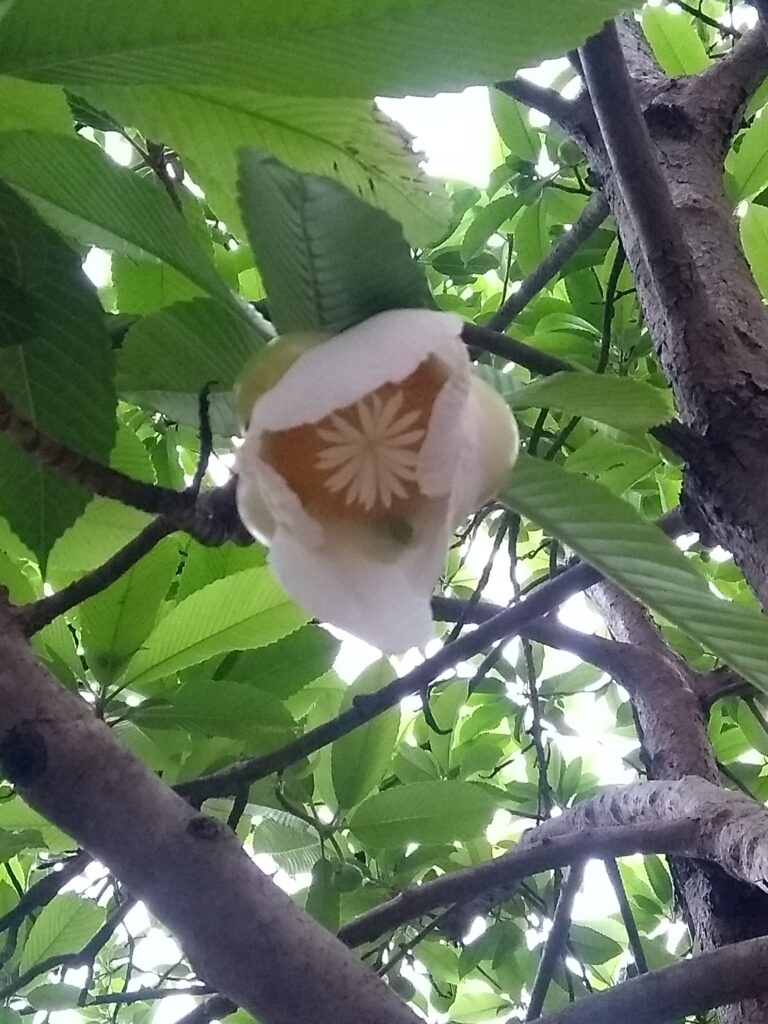
Here is the stamp with the lovely Dillenia flower on it. It was issued in 2005 and its denomination is 5 INR. Category: Commemorative (Flora and Fauna of North East India)

The India Postage Stamps website has a complete catalogue of stamps. Please click the link to see many many wonderful stamps.
Colnect is a comprehensive portal for Stamp collectors. It gives detailed information about every listed stamp. Click here for detailed info about Stamps – what is a stamp, types, formats, water marks, perforations and much more.
Do visit tomorrow for some more beautiful plants on stamps.
Till then, Take Care and Stay Happy!
